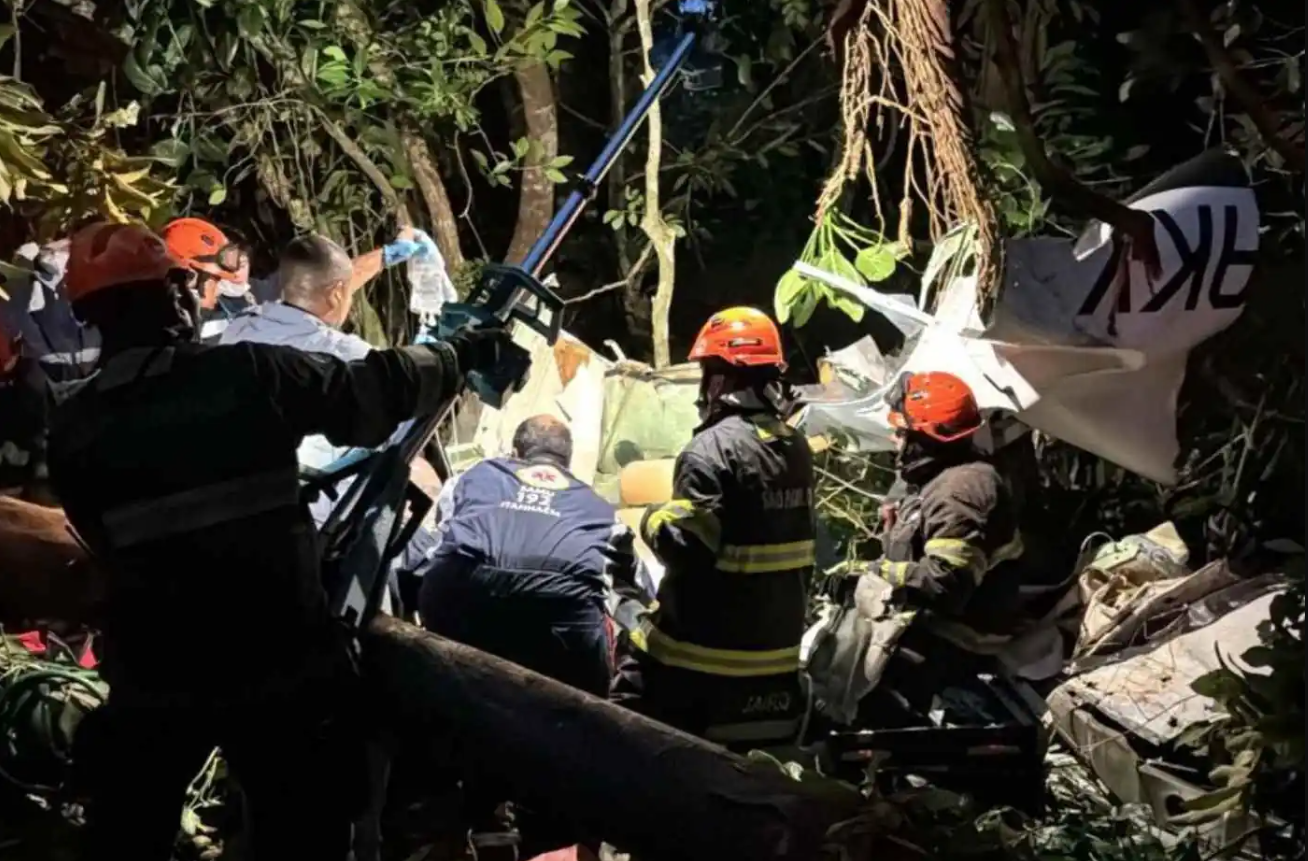The Calm Before the Storm: How Bangkok Was Caught Off Guard
Bangkok, known for its vibrant street life, towering skyscrapers, and delicious food, turned into a scene of chaos and heartbreak when a sudden storm hit the city recently. Nobody expected the skies to turn so fierce. But that’s the thing about nature—it doesn’t ask for permission before making its move.
In a matter of minutes, heavy rain, fierce winds, and thundering skies overwhelmed Bangkok. Roads flooded. Power lines swayed dangerously. And in a tragic twist of fate, a large tree came crashing down on a public shelter, claiming the life of a woman who had simply been seeking safety.
Scary, right? Let’s break down exactly what happened, why it happened, and what lessons we should take from this terrifying event.
What Exactly Happened? The Timeline of the Tragedy
On the surface, it seemed like just another rainy afternoon in Bangkok. Locals are used to the monsoon season bringing spontaneous downpours. But this time, things escalated fast.
Here’s a simplified timeline of the event:
| Time | Incident |
|---|---|
| 3:00 PM | Dark clouds rolled in, signaling a storm |
| 3:30 PM | Heavy rainfall began across multiple areas |
| 3:45 PM | Strong winds uprooted a massive tree |
| 3:46 PM | Tree collapsed on a public bus shelter |
| 4:00 PM | Emergency services arrived on the scene |
| 4:15 PM | One woman pronounced dead on-site |
| 5:00 PM | Area cordoned off for investigation |
It all happened so quickly. One moment people were just trying to stay dry; the next, lives were changed forever.
The Bigger Issue: How Safe Are Our Cities from Natural Disasters?
This incident isn’t just about one tragic event—it raises bigger questions. How prepared are urban areas like Bangkok to deal with severe weather? Think about it:
-
Are trees being maintained properly?
-
Are public shelters strong enough to withstand heavy winds or falling debris?
-
Is there an alert system to warn people early enough?
In cities with rapid urbanization, nature often gets sidelined. Trees grow tall but aren’t pruned. Drainage systems get clogged. Public infrastructure may not always be up to standard.
And then, when a storm like this hits, disaster isn’t just a possibility—it’s almost inevitable.
Why Do Trees Fall So Easily in Storms? The Science Behind It
You might wonder, “How can a tree just fall like that?” It’s more common than you’d think, especially during Bangkok’s stormy seasons.
Here’s why trees can become deadly in high winds:
1. Shallow Root Systems
In urban areas, trees often don’t have enough space for roots to spread out deep and wide. Shallow roots mean less grip on the ground. So when the wind blows strong, the tree can topple like a giant matchstick.
2. Waterlogged Soil
Rainwater softens the soil, reducing its ability to anchor the tree. Combine that with wind pressure, and down goes the tree.
3. Weak or Diseased Trees
Not all trees are healthy. If a tree is already weak or hollow from disease, it becomes a ticking time bomb during a storm.
4. Lack of Regular Maintenance
Let’s be honest—how often do we think about tree maintenance in cities? If branches aren’t trimmed or dead limbs aren’t removed, they pose a huge risk when the weather gets wild.
How Can We Prevent This in the Future? Actionable Solutions
One incident is tragic. But not learning from it? That would be a bigger disaster. Here are some real, practical solutions that cities like Bangkok (and frankly, all of us) can adopt to make public spaces safer during storms.
A. Regular Tree Audits
Just like cars go through inspections, trees in public spaces should too. Experts can check which trees are strong and which ones are at risk of falling.
B. Stronger Public Shelters
Many bus stops and public shelters are built with just aesthetics in mind. They need to be redesigned to withstand falling debris or heavy winds.
C. Storm Alert Systems
Real-time weather updates through apps, loudspeakers, or even flashing lights at bus stops can warn people in time.
D. Drainage and Urban Planning
Better drainage means less chance of flooding and waterlogging that weakens tree roots. Smart urban planning saves lives.
E. Public Awareness
Let’s face it—most of us don’t think about these things until disaster strikes. Education campaigns can teach people how to stay safe and alert during storms.
Real-Life Heroes: First Responders to the Rescue
One thing that stood out in this tragedy? The quick response from emergency workers. Within minutes, they arrived, secured the area, and helped the injured.
While we must prepare better for the future, we should also appreciate the bravery and efficiency of those who run toward danger when the rest of us are trying to escape it.
Conclusion: When Nature Strikes, Are We Ready?
The storm in Bangkok was a sobering reminder of how vulnerable urban spaces can be. A simple act of taking shelter turned into a fatal event—all because a tree wasn’t able to withstand the wind. It’s heartbreaking, yes, but also a wake-up call.
Cities across the world, especially those with heavy monsoon seasons, must rethink their approach to safety. It’s not just about preventing flooding or managing traffic—it’s about protecting lives, even from something as ordinary as a tree.
We can’t control the weather, but we can definitely control how we prepare for it.
